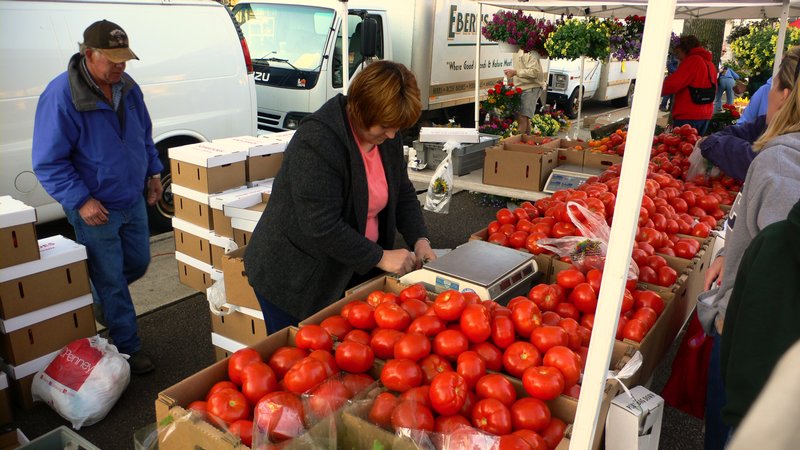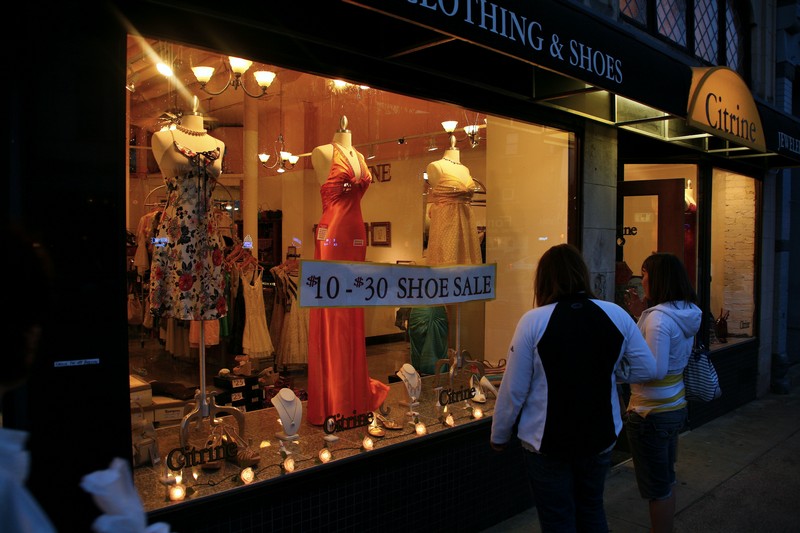Life isn’t fair. Many of the most coveted spoils–wealth, fame, links on the Web–are concentrated among the few. If such a distribution doesn’t sound like the familiar bell-shaped curve, you’re right.
Along the hilly slopes of the bell curve, most values–the data points that track whatever is being measured–are clustered around the middle. The average value is also the most common value. The points along the far extremes of the curve contribute very little statistically. If 100 random people gather in a room and the world’s tallest man walks in, the average height doesn’t change much. But if Bill Gates walks in, the average net worth rises dramatically. Height follows the bell curve in its distribution. Wealth does not: It follows an asymmetric, L-shaped pattern known as a “power law,” where most values are below average and a few far above. In the realm of the power law, rare and extreme events dominate the action.
For Nassim Taleb, irrepressible quant-jock and the author of “Fooled by Randomness” (2001), the contrast between the two distributions is not an amusing statistical exercise but something more profound: It highlights the fundamental difference between life as we imagine it and life as it really is. In “The Black Swan”–a kind of cri de coeur–Mr. Taleb struggles to free us from our misguided allegiance to the bell-curve mindset and awaken us to the dominance of the power law.
Monthly Archives: April 2007
Hoi An Market
Farmers Market on a Beautiful Saturday Morning
The Dane County Farmer’s Market is gathering steam this spring. Loads of spinach, some asparagus, boxes of tomatoes and many flowers were on offer early this morning. 



Many more Farmer’s Market photos can be found here.
From the other side of the world, Hoi An market.
Madison 2007

The scene: 6:00a.m., Dane County Regional Airport. Bleary eyed traveller is amazed that Madison now has a fashionable Range Rover SUV on display (floor advertising via Fields Auto) at the airport. We’ve crossed some sort of threshold, not sure what to call it…. It seems a long way from the Mayor’s trolleys, however.
Author of nation’s toughest global warming law to speak April 25
The author of the nation’s strongest global warming law tells us how California is responding to climate change and how she gained the political support to get it done …
“Leading the Way on Climate Change”
a free public lecture by Fran Pavley
3:30 p.m. Wednesday, April 25
Memorial Union (see “Today in the Union” for room)
800 Langdon Street
University of Wisconsin-Madison
Fran Pavley has served three terms in the California State Assembly, where she is known as one of the most effective legislators in Sacramento. The former Mayor of Agoura Hills and long-time public school teacher is the author of landmark legislation (the Global Warming Solutions Act of 2006) on global warming that has become a model for other states and countries. She is also author of the first regulations on vehicle carbon dioxide emissions. Eleven other states and Canada have modeled their laws after Pavley’s Clean Car Regulations. She has been selected as one of Scientific American’s Top Technology Leaders in Transportation and received the 2006 California League of Conservation Voters’ Global Warming Leadership Award along with former Vice President Al Gore.
This event is co-sponsored by the Nelson Institute for Environmental Studies and the Department of Atmospheric and Oceanic Sciences at UW-Madison. For more information, please contact Steve Pomplun at the Nelson Institute or call Steve at 263-3063.
A few Suggestions for Governor Doyle Regarding the AT&T “Video Competition” Bill
AT&T’s lobbying efforts to change Wisconsin’s cable TV regulations has generated a refreshing amount of commentary. 5 years ago, during Governor Doyle’s first Gubernatorial campaign, I had a chance to briefly talk with him after a debate with Scott McCallum. I mentioned Wisconsin’s poor broadband infrastructure (we continue to stand still, which means we’re falling further behind) and how AT&T had failed to invest in fiber networks. Doyle mentioned that he was aware of this, but could not do anything about it in a first term…..
Fast forward to 2007. This map, via broadbandreports.com displays the communities that have Verizon’s fiber to the home available. Fiber networks provide much higher speeds and more citizen choice than our aging and long since paid for copper networks (we continue to pay and pay and pay for the old stuff).
Perhaps, Governor Doyle might put citizen’s interests first and sign the bill only if:
- Those who provide service via this bill must do so via symmetrical fiber to the home, and,
- Customers may purchase the symmetrical fiber to the home service for internet use only (ie, without phone or video service). Such “naked” internet service shall be available at speeds equal or greater to those offered via phone/video bundles.. Cost and terms shall not penalize naked internet buyers vis a vis bundled phone/video purchases
- Customers shall have complete access to all internet services. Vendors will not restrict any IP services.
What are the odds?
UPDATE: A friend emailed simply: “Lotsa luck”.
Interestingly, this type of an initiative would be quite a legacy for the Governor. The fiber will be connected to our homes for many, many years.
AT&T Lobbying Investments (rather than fiber networks)
AT&T, parent of troubled Cingular Wireless, continues to invest in non-network related initiatives, as this article by Steven Walters illustrates:
AT&T doles out $54,000 ahead of cable bill debate
Doyle, lawmakers say money won’t affect stands on deregulation legislation
Communications giant AT&T pushed a controversial bill to have state government license cable systems by showering more than $54,000 in campaign cash on dozens of lawmakers and Gov. Jim Doyle over the past 15 months.
Campaign-finance records show that AT&T’s political action committee gave a total of $10,000 to four legislators and the Assembly Republican Campaign Committee in the past two months, when legislators negotiated details of the complex package with AT&T’s 15 registered lobbyists.
State Street on a Spring Friday Night


“Save the Cookie”
Midwest Airline’s website dedicated to remaining independent. An Airtran takeover would be a disaster…
Cooking:Low, slow and succulentTurn the heat way, way down, then relax — for deliciously tender results.
A new oven is being billed as the greatest invention since the discovery of fire itself. This high-tech contraption, seemingly a cross between a furnace and a microwave, allegedly can roast a whole rack of lamb in 6 1/2 minutes flat. Which sounds impressive if all you want is chops on the table in less time than you would need to set it.
If you want an almost transcendental experience, though, the only route is low and slow, no special equipment required.
Cooking meat, or seafood, slowly and at extremely low temperatures does more than get the job done. It changes everything for the better — the texture turns more tender, the flavor becomes more concentrated — which is why chefs around the world, such as Ferran Adrià, David Bouley and, closer to home, Govind Armstrong, are so enamored of sous-vide. They seal food in plastic, then poach it at super-low temperatures. But it’s astonishingly easy to get the same effect using only the appliance you have, not the one you dream of: Turn the oven to a setting just above what you would use to keep pancakes warm, or on the stove, bring a pot of water to just below a simmer. Insert ribs or sea scallops or whatever.
And in very little time you will be biting into the most true-to-itself pork or shellfish you have ever experienced.
